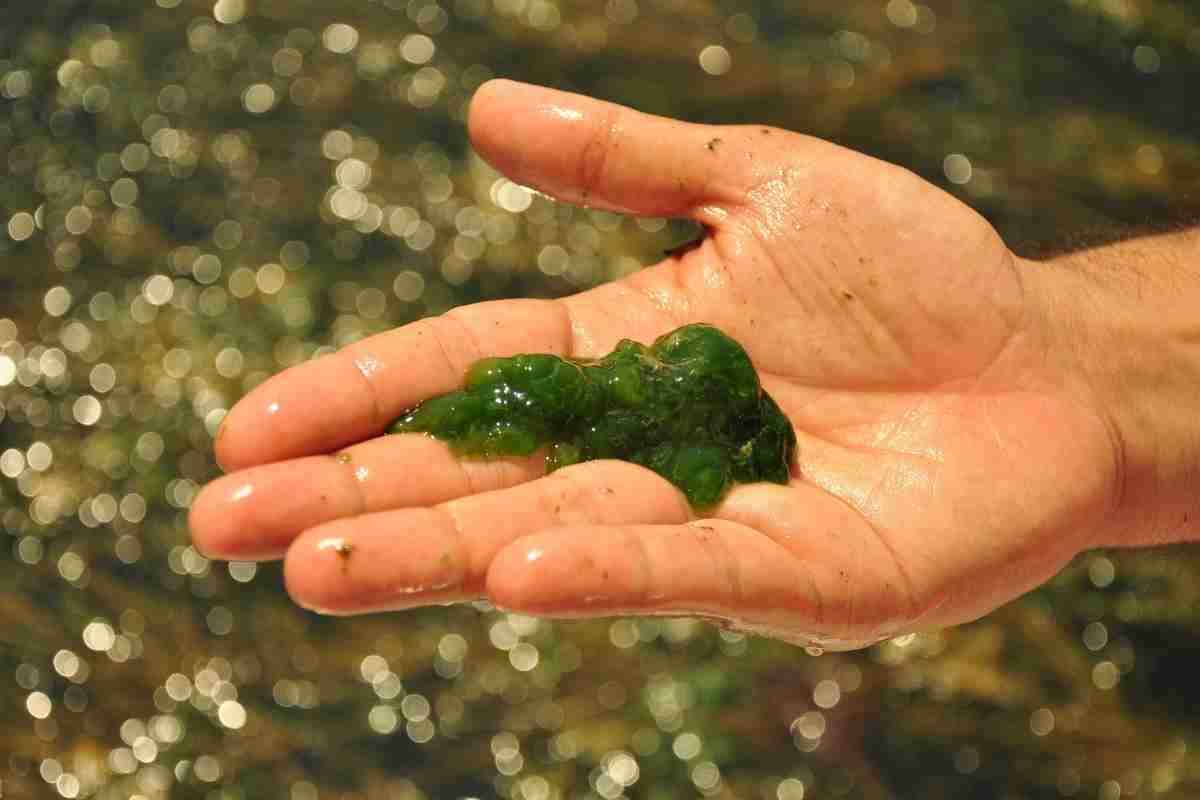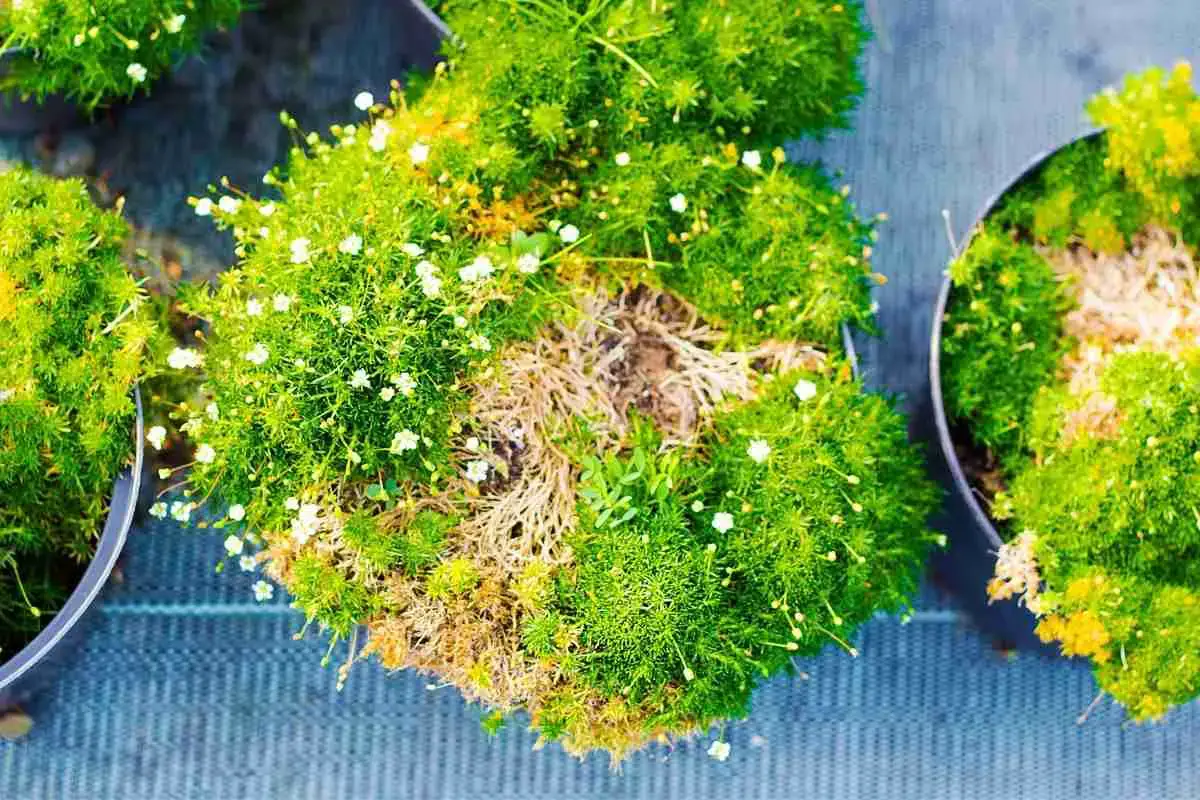
Scotch Moss or Irish Moss: Unveiling the Key Differences You Need to Know!
Read more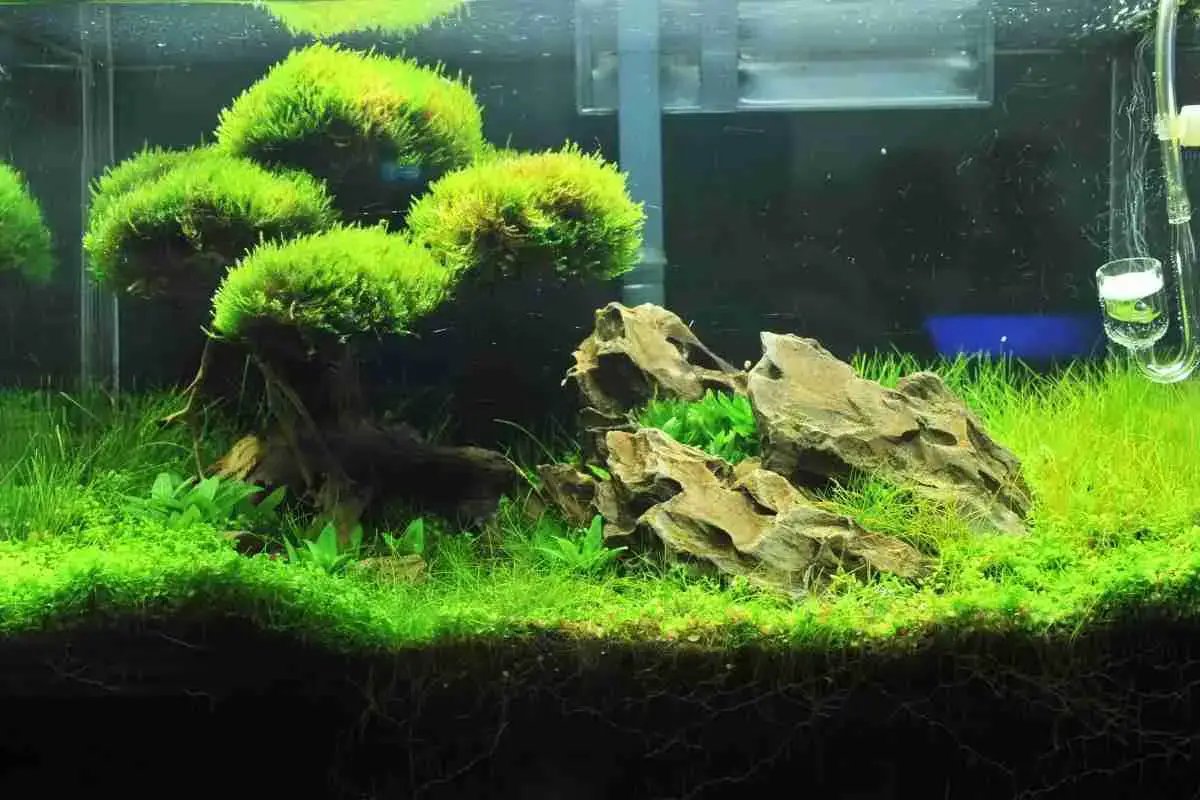
How To Grow Java Moss Carpet On Sand?
Read more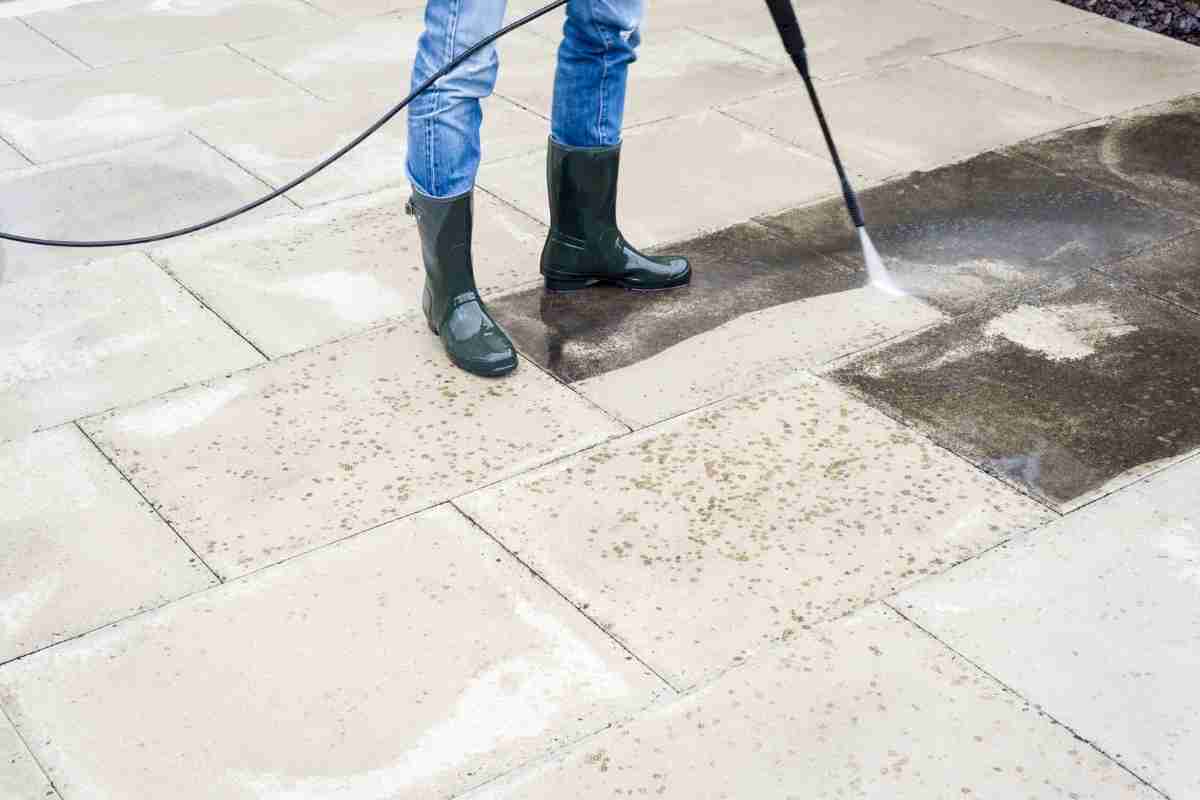
5 Best Moss Killers for Block Paving
Read more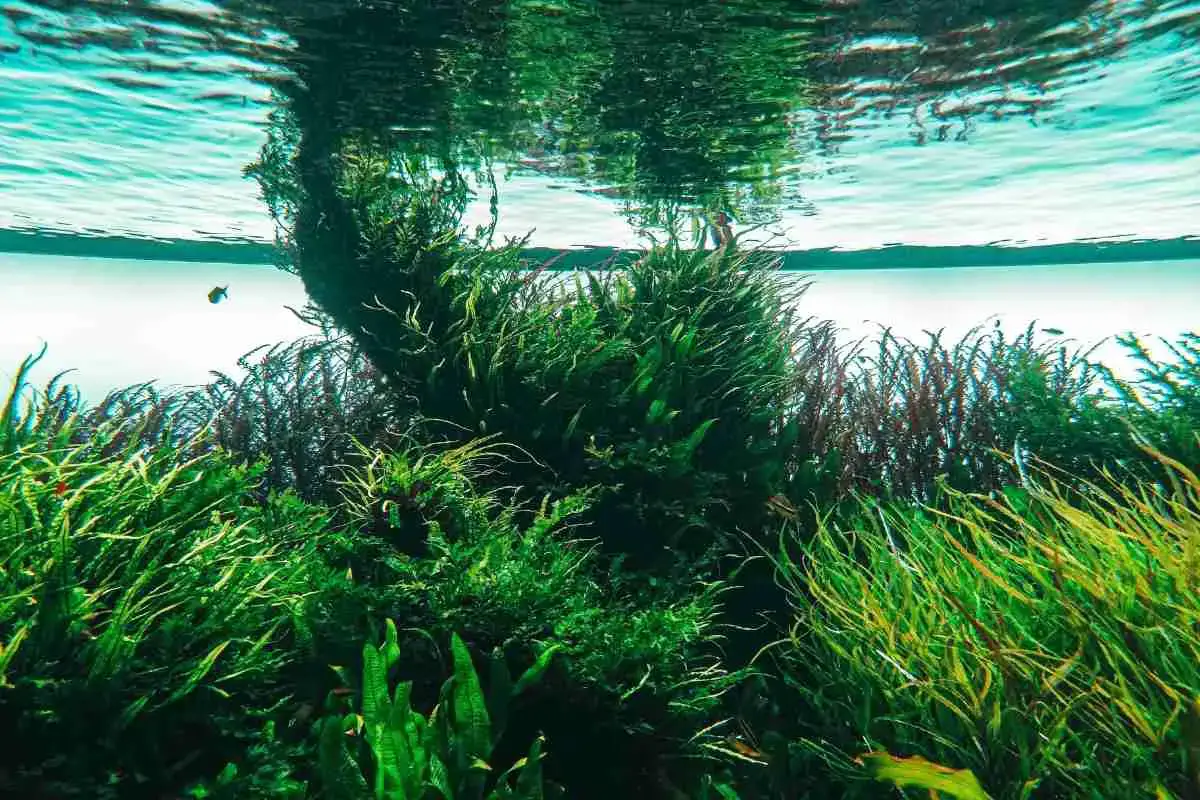
Is Algae A Decomposer? The Surprising Truth!
Read more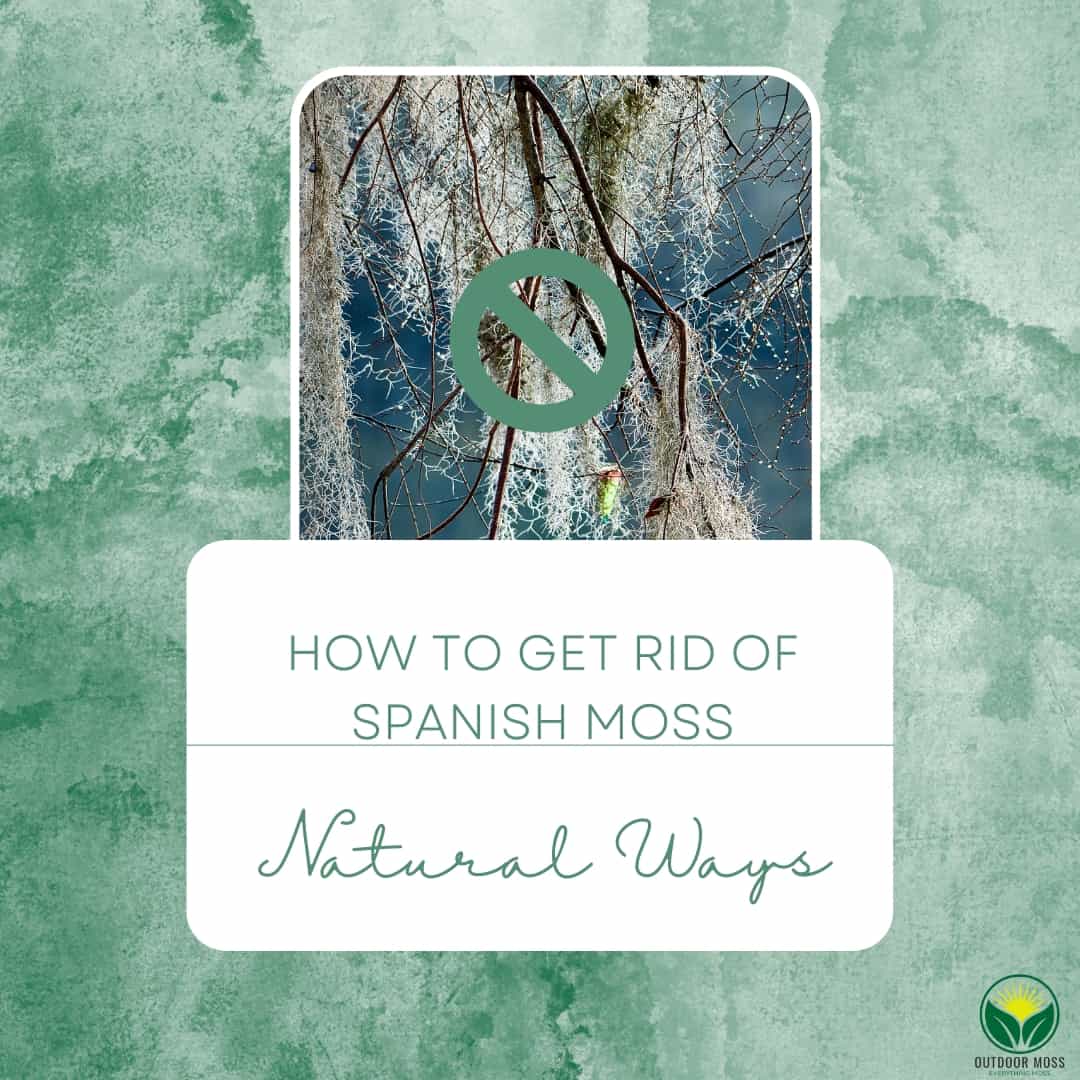
How to get rid of Spanish moss. The natural way to remove Spanish Moss
Read more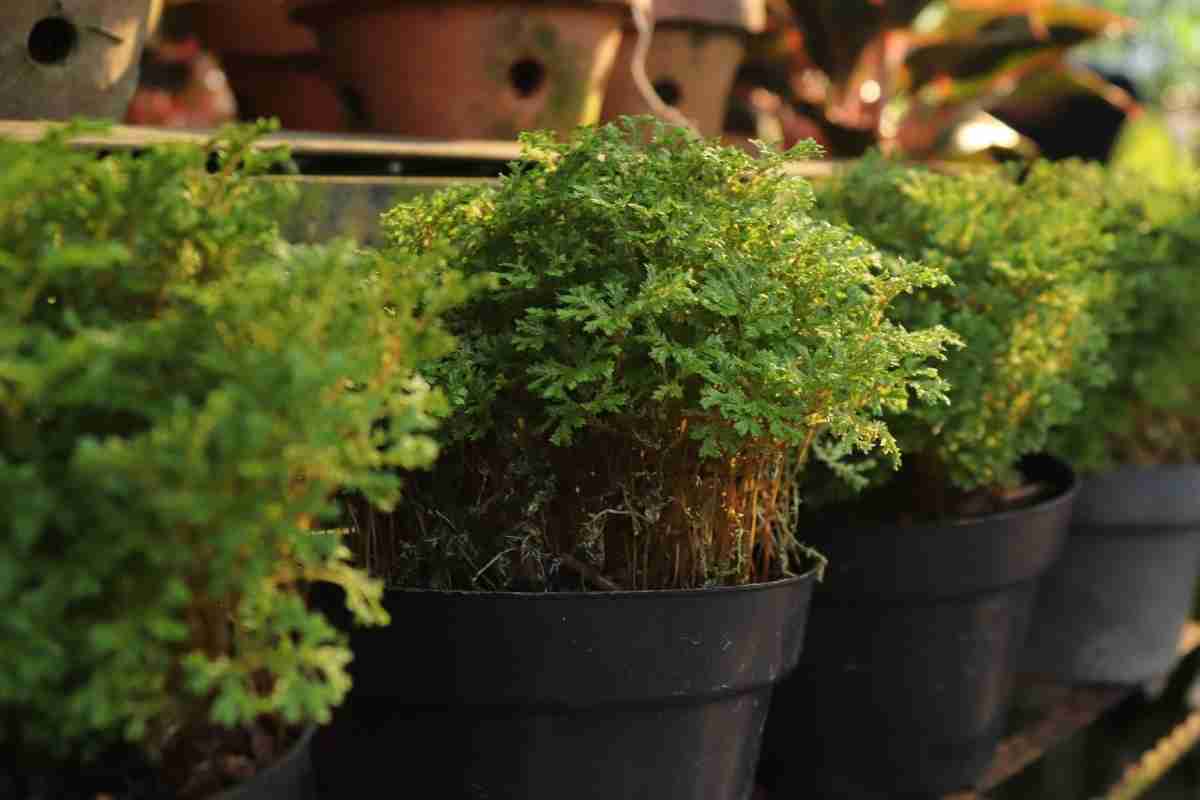
Is Moss Good For Plants? (Indoor & Outdoor Plants)
Read more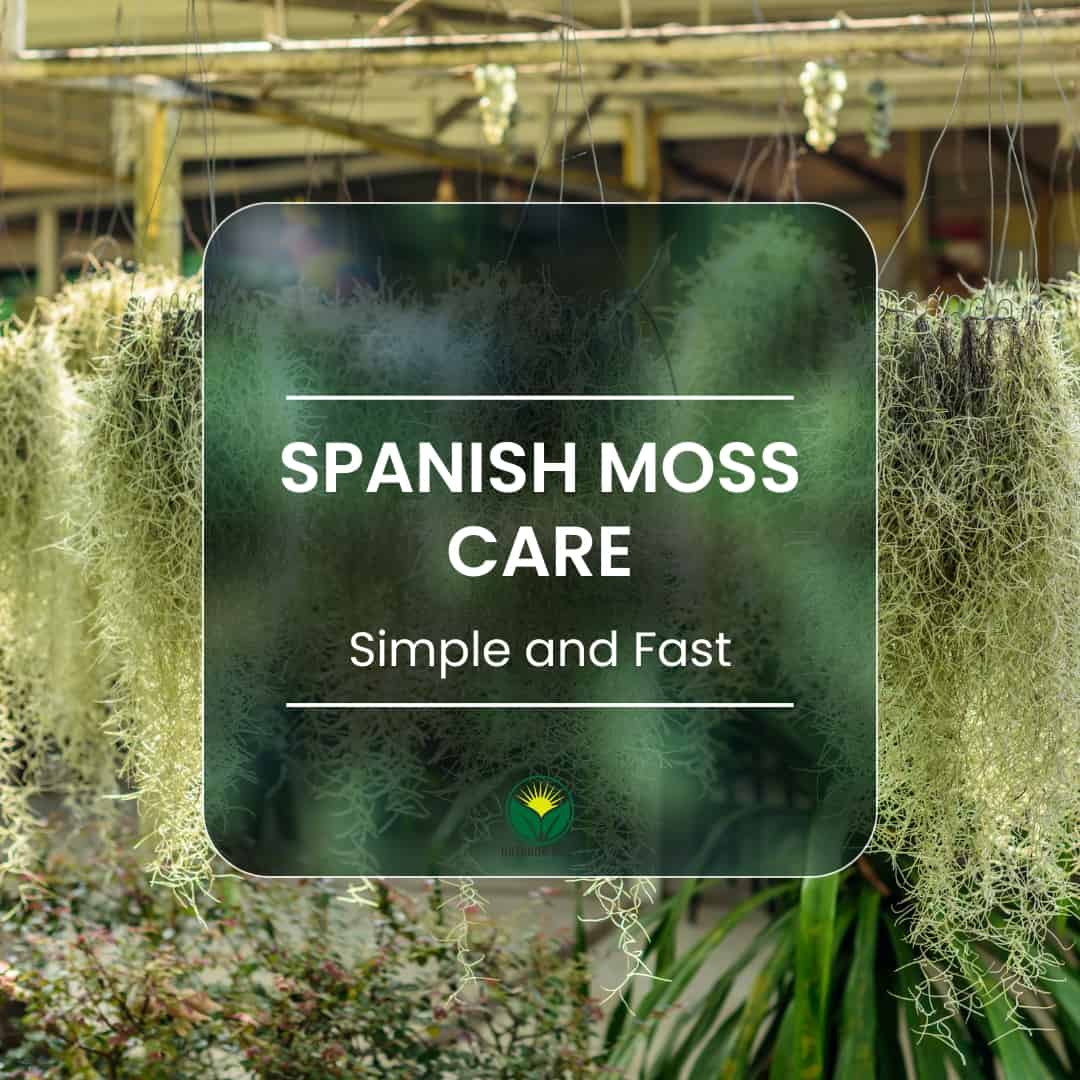
The best way to care for Spanish moss (Tillandsia usneoides). Simple and fast
Read more
Does Moss Need Soil? Detailed Guide
Read more
Is Moss Really Poisonous? The Toxic Myth Uncovered: Safe to Touch or Dangerous?
Read more
Buttermilk To Grow Moss: Weird, But Effective!
Read more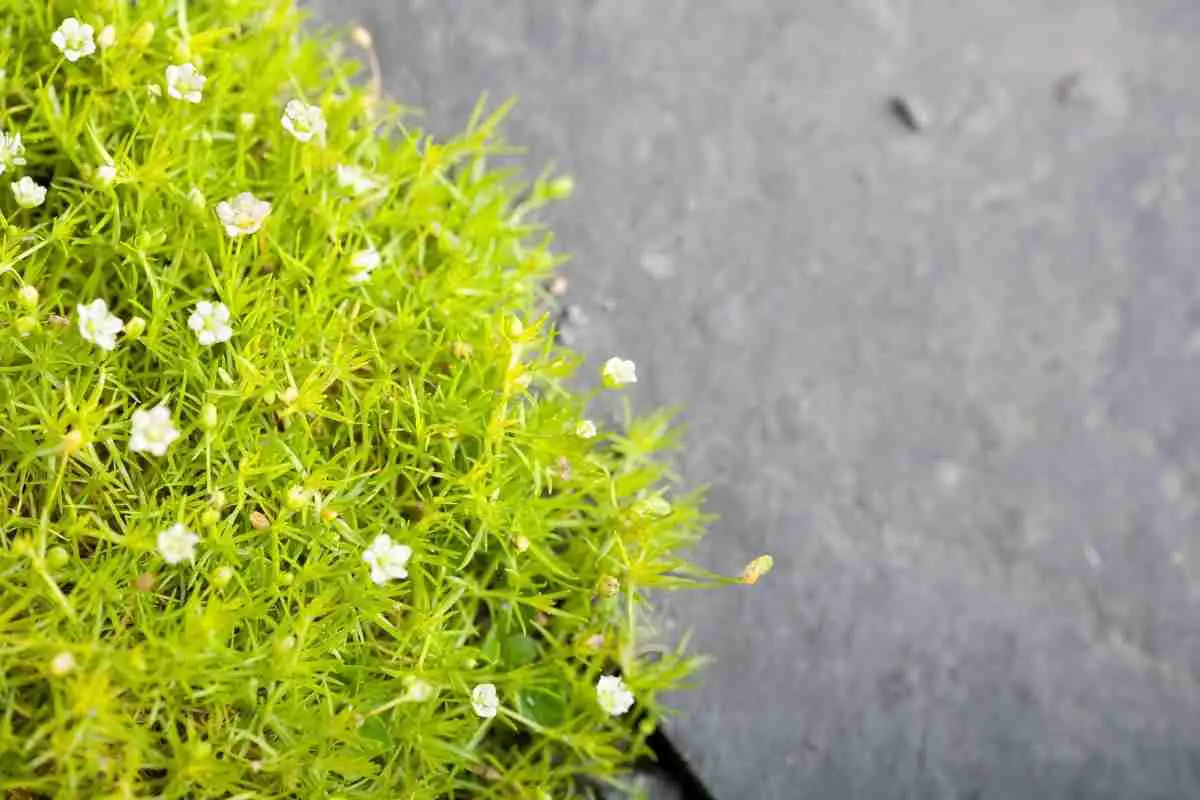
How Fast Does Irish Moss Spread?
Read more